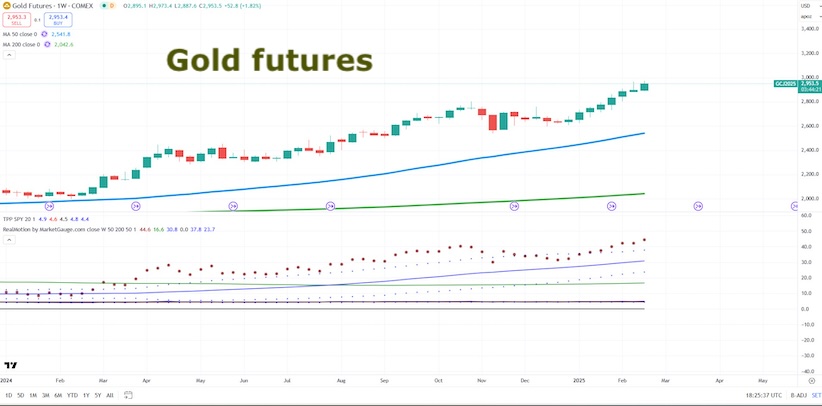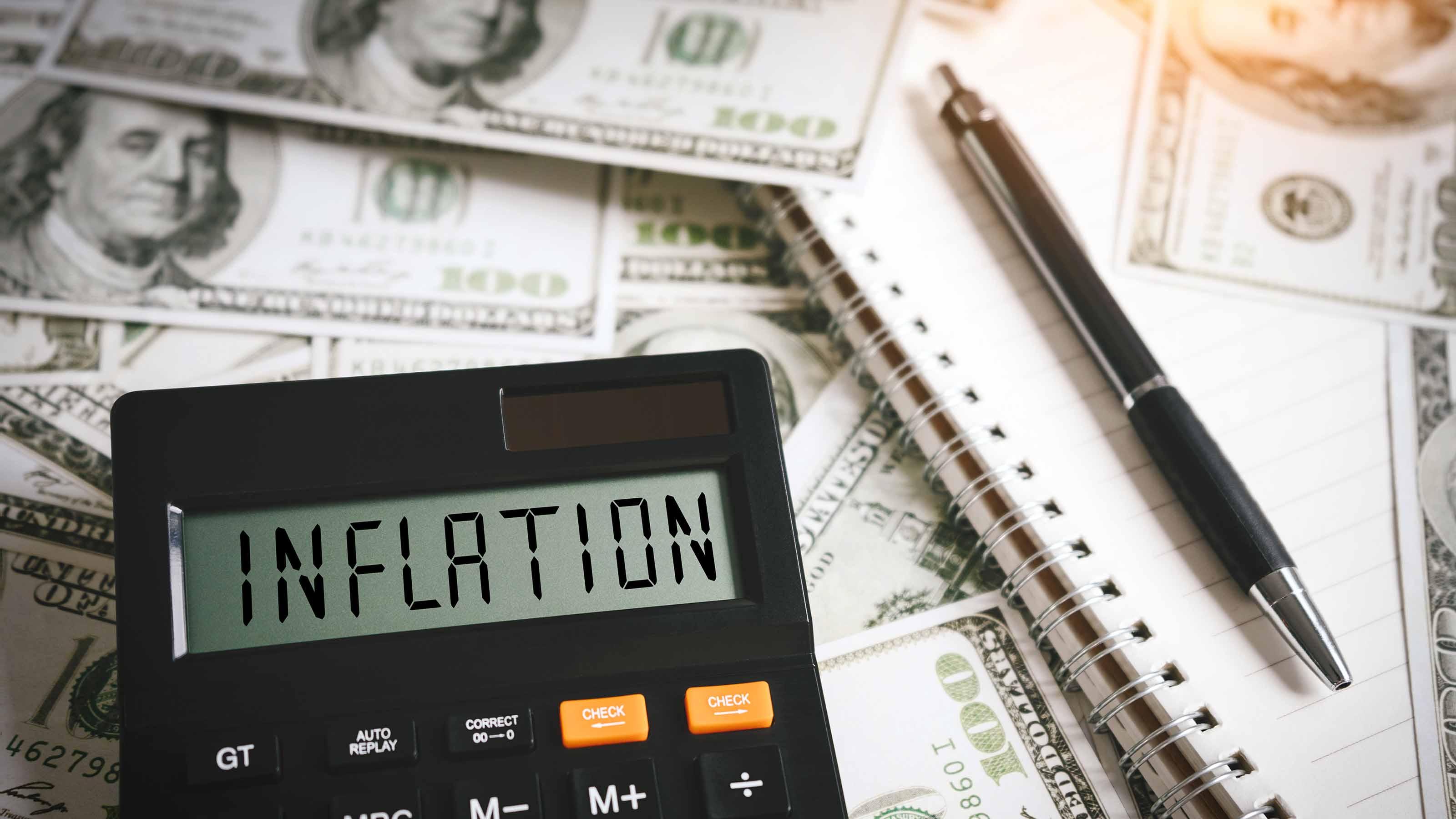
Analyzing the Recent Surge in Sugar Prices: Market Dynamics and Investment Opportunities
The sugar market is currently experiencing notable price fluctuations, with sugar trading at approximately $0.23 per pound. This surge is the result of various interrelated factors, including supply chain disruptions, adverse weather conditions, and shifting consumer preferences. As investors seek to navigate this volatile landscape, understanding the dynamics driving these changes is essential for identifying potential investment opportunities.

Overview of Sugar Market Trends
The sugar market has seen significant price movements over the past few months. A combination of logistical challenges and climate-related impacts has contributed to a tighter supply environment. These factors, along with changing consumer habits, are shaping the market's trajectory and influencing investment strategies.
Key Drivers of Price Changes
-
Supply Chain Disruptions: Recent logistical challenges have created hurdles in the transport and processing of sugar, leading to increased prices. The COVID-19 pandemic and ongoing global shipping issues have resulted in delays and increased costs for sugar producers. As a consequence, the market is witnessing higher prices due to a scarcity of readily available stock. According to the Trading Economics, these disruptions have markedly affected the supply-demand balance, propelling prices upward.
-
Weather Conditions: Unfavorable weather patterns in major sugar-producing regions such as Brazil and India have significantly impacted crop yields. Droughts and excessive rainfall have reduced output, thereby constraining supply and exacerbating price hikes. For instance, the Brazilian sugarcane harvest has been adversely affected by drought conditions, which are estimated to lower yields by up to 10% this season. Such weather phenomena are critical in determining sugar prices, as they directly influence production levels.
-
Consumer Preferences: A noticeable shift towards healthier dietary choices is altering demand dynamics in the sugar market. Many consumers are increasingly reducing their sugar intake, while preferences for natural sweeteners have surged. This trend is particularly pronounced in developed markets, where health-conscious consumers are driving innovation in lower-sugar products. This shift may create opportunities for investors to focus on companies that prioritize sustainable and healthier sugar alternatives.
Investment Opportunities
Investors looking to capitalize on the sugar market's dynamics can consider several strategies:
-
Futures Contracts: Engaging in sugar futures contracts provides a way to gain exposure to price movements while managing risk. Futures allow investors to lock in prices and hedge against potential volatility. This strategy is particularly relevant given the current market uncertainties.
-
Equity Investments: Investing in major sugar producers, such as Wilmar International (SGX: F34), offers growth potential as market conditions evolve. Wilmar is a leading global agribusiness group that operates in various segments, including sugar production. As the company adapts to changing market demands, it may present an attractive investment opportunity.
-
ETFs: For those who prefer diversified exposure, funds such as the Teucrium Sugar Fund (NYSEARCA: CANE) provide an efficient way to invest in sugar while mitigating individual stock risks. This ETF tracks the price of sugar and can be a strategic choice for investors seeking a lower-cost entry into the sugar market.
Conclusion
The sugar market's current dynamics present both challenges and opportunities for investors. Supply chain disruptions and adverse weather conditions have created upward pressure on prices, while changing consumer preferences introduce new avenues for growth. By staying informed about market trends and employing strategic investment approaches, participants can effectively navigate this volatile landscape. As the market continues to evolve, those who remain adaptable will be better positioned to capitalize on the opportunities that arise.
For ongoing updates on commodity prices and market analysis, resources such as Business Standard and Trading Economics provide valuable insights for market participants.
